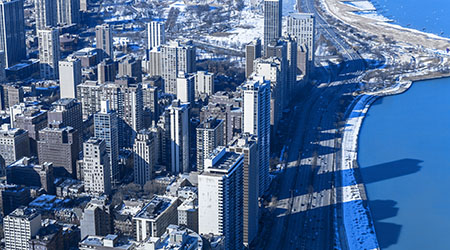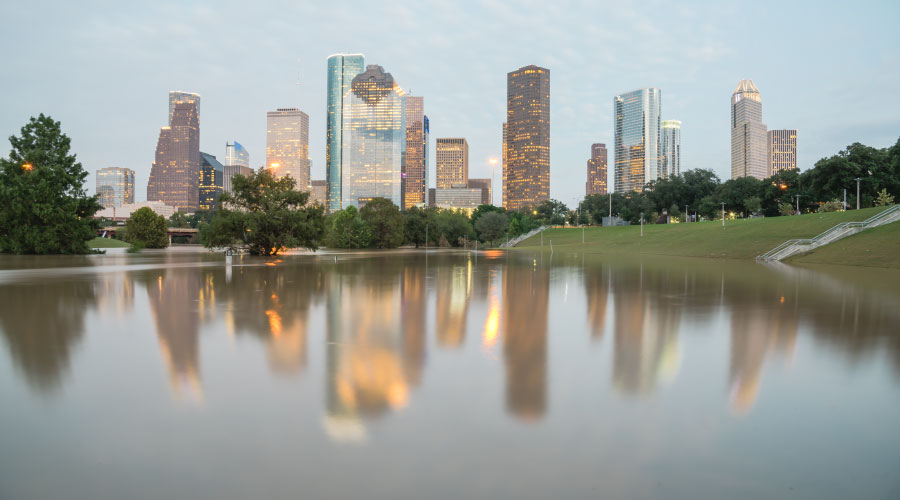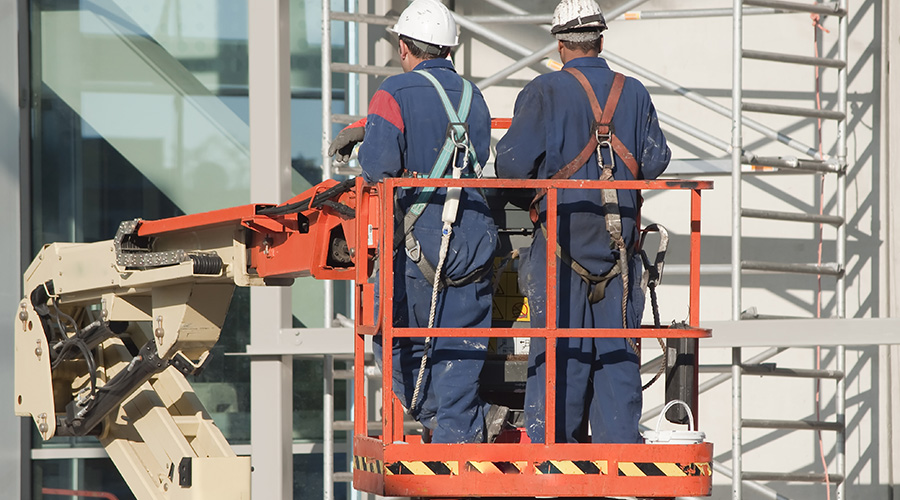Is Your Facility Ready for Winter?
Here are some tips on how to prepare your facilities for the worst winter has to offer.
Proper maintenance and preparation are the key to being ready for even the worst winter storms. Severe winter weather can vary from below normal cold temperatures and ice storms in southern cities to heavy snow or ice dams in northern states that can wreak havoc on commercial properties. Freezing temperatures can affect areas in the Deep South such as Texas, Alabama, Georgia, and even Florida. The consequences of winter storms include power loss from ice storms, structural damage to buildings when ice or heavy snow overloads tree limbs causing them to break off, and water damage from frozen pipes bursting.
Unfortunately, many facilities in are not prepared for winter weather and do not have an emergency plan in place. This leaves them particularly vulnerable to damage, having to file insurance claims, and increases their chances of being unable to reopen following a weather event.
Not knowing where to start can be stressful. To help create an effective plan, IBHS developed a set of Winter Ready guidelines for commercial properties that provide budget friendly ways to prepare for winter weather, improvement projects for the off season, and a checklist to help weather the storm.
Being prepared also means understanding your facility’s vulnerabilities. Your first line of defense against the elements is the roof and the roof is also sometimes the most vulnerable part of a building.
Snow and Ice on Your Roof
Excessive snow on your roof can add a dangerous load to the supporting structure. When it comes to the weight of snow, the type of snow is as important as the depth of the snow. Fresh powder snow is typically lighter than wet packed snow, and ice is heavier than wet packed snow. The accumulated weight of two feet of old snow plus two feet of new snow could be as high as 60 lbs. per square foot of roof space, which could stress the limits of even the most conservatively designed roof.
In addition to the types of snow, there are several contributing factors to the acting load on your roof that include snow drifts from adjacent buildings or mechanical equipment, heavy rain on snow, and melting snow that refreezes. If you don’t know your roof’s snow load, hire a structural engineer to verify the snow load threshold of the roofing system. This information will be important after an event when determining if there is too much snow on the roof.
When snow melts on your roof, due to temperature variations or from the internal temperature of the building warming the roof, there is a possibility for that meltwater to re-freeze. This can produce ice dams. These are ridges of ice that form at the edge of a steep-sloped roof or around drains on a low-sloped roof and prevent meltwater from draining off. The water that backs up behind this ice dam can leak into the building and cause damage to the roof, insulation, ceilings, walls, and other areas. Additionally, when the roof doesn’t drain properly, snow, ice, and water remain trapped on the roof, adding loads that put your roof at greater risk of failure.
Frozen Pipes
Burst pipes are the leading cause of property damage from winter weather. To help prevent the freezing of pipes, buildings should keep an internal temperature of no less than 55°F (12.8°C). Vacant facilities have more exposure to pipe bursts due to large interior temperature swings and lack of tenants. Additional damage can also occur when a pipe busts and the water lines are not monitored by an automatic excess flow valve that could shut off the flow automatically.
Pipes that are adequately protected along their entire length by placement within the building’s insulation, insulation on the pipe itself, or heated wrap are generally safe from this hazard. In northern climates, facilities are typically built with the water pipes located on the inside of the building insulation, protecting the pipes from subfreezing weather.
However, water pipes in commercial buildings in southern climates can be more vulnerable to winter cold spells. These pipes are more likely to be located in unprotected areas or outside of the building insulation, and owners tend to be less concerned with freezing conditions that may occur only once or twice a season. Pipes in attics, crawl spaces and outside walls are all vulnerable to freezing, especially if there are cracks or openings that expose pipes to cold, outside air.
Loss of Power
Having a generator as a backup power supply is an important part of preventing the cold weather from causing even more problems in the event of a power outage. The generator should be able to power essential equipment and systems, especially heating systems that help maintain the building’s interior temperature.
Proper maintenance is vital to ensure operation of a generator when it’s needed most. The time to maintain a generator is well before a major storm or disaster strikes when professional assistance may be unavailable, power lines are down, and access roads are blocked or impassable. It’s important to purchase a generator that is designed and sized for your facility, and operated according to the manufacturer’s instructions. Safe operation of a backup generation must be the first consideration and portable generators should always be outside in a well vented area. Permanent generators are more self-sufficient but should be monitored periodically while they are in operation.
Navigating a Winter Weather Event
Developing a business continuity plan can help your facility navigate a storm smoothly, minimize damage, and reduce business disruptions. Not having a plan, or having a poorly prepared or misunderstood plan, can lead to disorganized preparation or confused response. The results could be harm to employees, facilities, equipment, or operations. The highest priority should be employee safety, but it also is important to protect property from damage and reduce economic loss. Having a plan saves time and focuses energy when facing an imminent crisis or when responding to one that could not have been foreseen in advance.
All plans should include best practices to be used before, during and after an emergency, along with actions to address the unique characteristics of each facility, its operations, and the risks it faces.
Chris Cioffi is Commercial Lines Engineer for the Insurance Institute for Business & Home Safety.
Related Topics:












